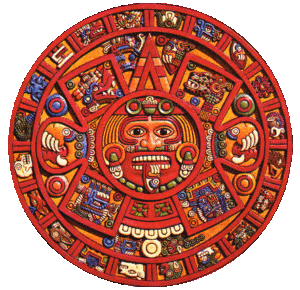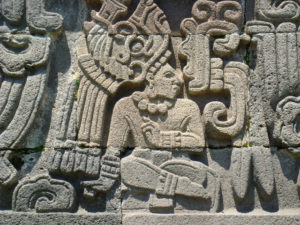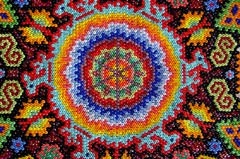Mesoamerican religion and multiverses: Part Two
It is generally assumed that the idea of other universes is the unique product of “post-modern” thinking based on the Theory of Relativity and quantum mechanics. But the ancient Aztecs and Maya probably got there first. In Part One, we looked at the concept of previous Ages or Worlds in various civilizations around the globe, […]
Continue Reading


